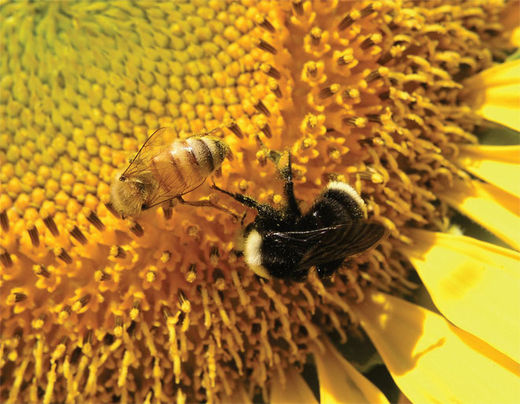
Most of these native pollinators haven't been recorded with honeybee viruses before, according to Diana Cox-Foster of Pennsylvania State University in University Park. The new analysis raises the specter of diseases swapping around readily among domestic and wild pollinators, Cox-Foster and her colleagues report online Dec. 22 in PLoS ONE.
Gone are any hopes that viral diseases in honeybees will stay in honeybees, she says. "Movement of any managed pollinator may introduce viruses."
A pattern showed up in the survey that fits that unpleasant scenario. Researchers tested for five viruses in pollinating insects and in their pollen hauls near apiaries in Pennsylvania, New York and Illinois. Israeli acute parasitic virus showed up in wild pollinators near honeybee installations carrying the disease but not near apiaries without the virus.
Read the full article on Wired.com.



Reader Comments
to our Newsletter